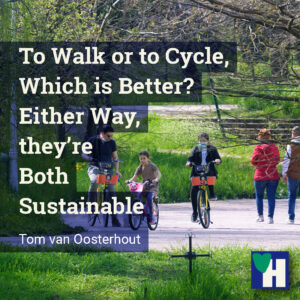
To walk or to cycle, which is better? There has never been any doubt in my mind that cycling and walking are the 2 most sustainable modes of travel.
However, the more we discuss sustainability issues in our articles, the more the question pops up in my head which of the 2 is the most sustainable. To walk or to cycle, which is better?
From the example of the city of Copenhagen and our own experiences, I tried to construct an answer to this question. As it happens, both walking and cycling are the most sustainable modes of travel and transport.
In current government policies, the car comes first. This leaves us with very few alternatives but to create our own opportunities for walking and cycling.
This is quite a challenge, but every inch walked or cycled, is a very satisfying and essentially sustainable challenge.
Some of the links are affiliate links. As an affiliate associate, we earn a commission when you purchase any of the products offered through the shared links at no extra cost for you. This helps us maintain this website.
Table of contents
To walk or cycle, which is better?
Both cycling and walking are the most sustainable modes of travel because they save the planet, save our health and save our wallets.
Copenhagenize

The city of Copenhagen made a very simple, yet utterly clear choice: the bike is the most sustainable mode of transport.
Bikes have priority over motorized vehicles, in policy matters as well as in traffic. This makes the bike the most competitive mode of transport.
At the moment 50% of the people who work in Copenhagen commute every day by bike. A win-win situation for everybody.
Advantages
The prioritization of bikes has numerous advantages. It improves the accessibility of the city., the quality of the air, and the condition of its citizens.
More access for bikes and pedestrians made Copenhagen also more attractive to tourists and companies.
Personally, I would like to add another very big advantage of cycling. Cycling, as well as walking, enables us to get an excellent feeling of the city we’re in.
However, the most stunning advantage was the economic gain.
Economically the most valuable option
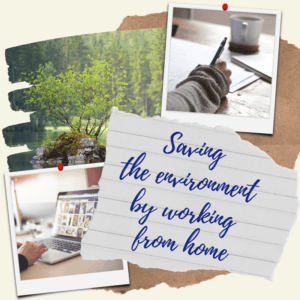
Every kilometer traveled by bike provides the city with 16 euro cents. Every car kilometer costs the city 9 euro cents.
Cyclists are more vulnerable than car users. The extra health care costs of this extra risk are 11 euro cents per kilometer traveled.
However, cyclists are far more healthy than car users. Financial healthcare gain per kilometer traveled on a bike: 74 euro cents.
Public transport
The use of bikes in Copenhagen got an extra boost when special bike wagons were added to commuting trains. It’s an easy roll-on-roll-of system.
The bike is parked in the bike compartment, the biker goes to a seat and enjoys the ride. On arrival, the biker picks up the bike and continues the trip cycling.
An alternative is to use 2 bikes. This is what I did when I worked in The Hague and lived in the city of Breda in The Netherlands.
Every day I rode my first bike to the station early in the morning. Parked it in the bicycle parking area. Took the train. On arrival in The Hague, I got my second bike out of the bicycle parking there and drove to the office.
At the end of the day, the routine repeated itself the other way around.
My brother worked in Rotterdam and also had to commute every day to his work. He had a folding bike. After all those years he really was an expert in folding and unfolding his bike.
Related: Low-Carbon Transportation is Not Enough, More is Urgently Required.
Parking space
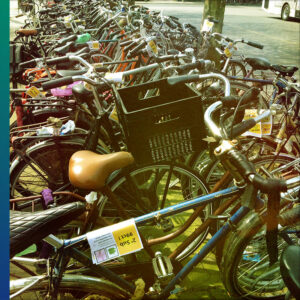
On foot, we don’t need any parking space. At most a place to sit down once in a while. It all depends on how dedicated our walk is.
For sure, bikes need parking space. As the city of Amsterdam found out when it tried to solve the bicycle parking problem around its main train station in the city center. They had to extend the bicycle parking space, which is now bigger than any car parking space in or around the city.
Showers
When I am walking or cycling I sweat a lot. Not that I have a weight problem, on the contrary. Besides, I don’t mind.
But arriving at work totally covered in sweat is not a very nice experience for colleagues. This means that it’s very comfortable to have showers at work.
That’s by no means obvious. Since the rise of the computer, most employees sit behind a desk all day, alternating with sitting in a conference room. No showers are needed. Behind a computer, we don’t sweat.
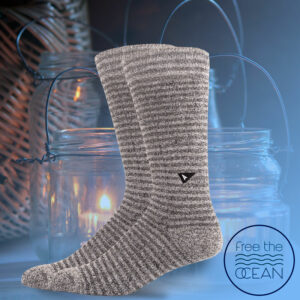
This computer life is in itself not very healthy. Employers should allow their employees more varied working possibilities. At least allow them to walk every hour for 10 minutes (although this is already actually too little).
Sitting and walking can also be alternated with standing behind your computer or standing during conferences. The latter has the advantage that meetings are usually way shorter.
During lunch, I often went outside for a walk with my colleagues. There was always a city park close by. In the Netherlands, there is also the advantage of nearby rivers, lakes, ponds, or even the sea.
Walking
We are able to walk, more or less, when we’re a year old. It’s an ability we profit from often until the last days of our lives.
The advantages of walking are endless. What appeals to me most is stress reduction. Driving, even riding a bike, is always stressful.
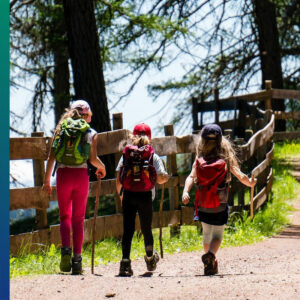
Walking is only stressful when at risk from ‘heels on wheels’. Driving in or on a motorized vehicle tends to blur many peoples’ ability to put the risks of others, and their own, in perspective.
Walking when shopping is quite different from walking through a hilly nature park on rough tracks. The first almost always costs us money and is usually not that healthy because we eat out. It’s also unsustainable because we always buy more than we need.
Walking in rough areas costs us expensive hiking boots. However, they go a long way. Although I admit that I mostly shop with my hiking boots on as well. I don’t quite trust city sidewalks or shops for that matter.
Related: Sustainable Footwear Protects the Environment and Our Health.
Groceries
Where do I leave my groceries when I’m on my bike or on foot? That’s a legitimate question.
Cargo bikes
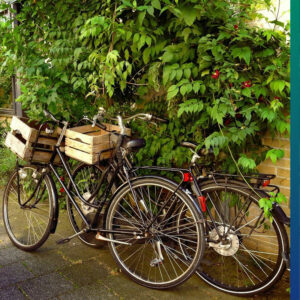
In Amsterdam, there are many cargo bikes.
These bikes have a big wooden basket in front with a steering wheel. Men and women bring their kids in these baskets to school. On their way back they stuff in their groceries.
Cargo cart
An alternative option is a cart behind the bike. The advantage of such a cart is that it’s easy to detach and connect again.
Moreover, the balance is way better than with the cargo basket in front of the bike.
Carrier bags
Another option is 1 bag on each side of the luggage carrier at the backside of the bike. I’ve been trying that for a couple of years.
Because I used to shop only once a week, the bags became too small. Moreover, the bags became very heavy and unbalanced the bike, making it very dangerous to drive in car-filled streets.
Backpack
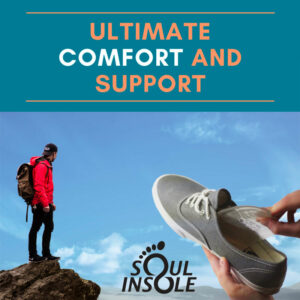
On foot, it’s impossible to carry a week’s groceries, unless using a very big backpack. Of course, when the shop is only 500 meters from where you live, that should be no problem.
However, we only buy organic fruits and vegetables. The ecological shop, back in the Netherlands, was in the middle of the city. On my bike that was okay. On foot, it would have taken me an hour and a half.
That’s a good exercise of course. Yet not when you’re short in time or have to bring along vulnerable food such as eggs or soft fruit.
When we go shopping in the city, we always take a backpack with us. The advantage is that we have something to drink and eat at hand.
We also have extra, foldable shopping bags in our backpack. This makes it easier to refuse plastic, or even paper, bags in shops. We bring our own.
To walk or to cycle, which is better?
From the above comparison the answer to the question ‘To walk or to cycle, which is better?’ is easy: either way, walking, and cycling are both sustainable. They both save the planet, save our health and save our wallets.
Of course, when thousands of us go walking and cycling on the same day, on the same spot in nature, this is not very sustainable.
This is another reason why it’s important we try to convince employers and governments that working life should be adapted to personal life, and not the other way around.
To live sustainably is a necessity, to work is an opportunity.
Why do you like to walk and cycle? Please tell us in the comment box.

When I visited Amsterdam I was shocked to see so many people on bikes. I knew bikes are popular there but I didn’t expect to see people riding bikes to work, after work, while doing the supermarket run and on and on.
Unfortunately the city I live in has zero interest in making traffic safe for bikers so I resort to walking almost 90% of the time.
Hi Martin,
Thank you for your comment, always appreciated.
Amsterdam is indeed known for its cycling facilities and infrastructure. A couple of years ago the city has built the biggest bicycle parking in the world next to Amsterdam Central Train Station. Public transport in Amsterdam is also very good.
Nevertheless, there are still far too many opportunities to drive a car through Amsterdam. Despite the major and very cheap car parking facilities at the border of the city, close to the highways and always next to public transport hubs.
Moreover, I always loved to walk through Amsterdam and miss it.
For now, stay safe, stay healthy,
Regards,
Tom